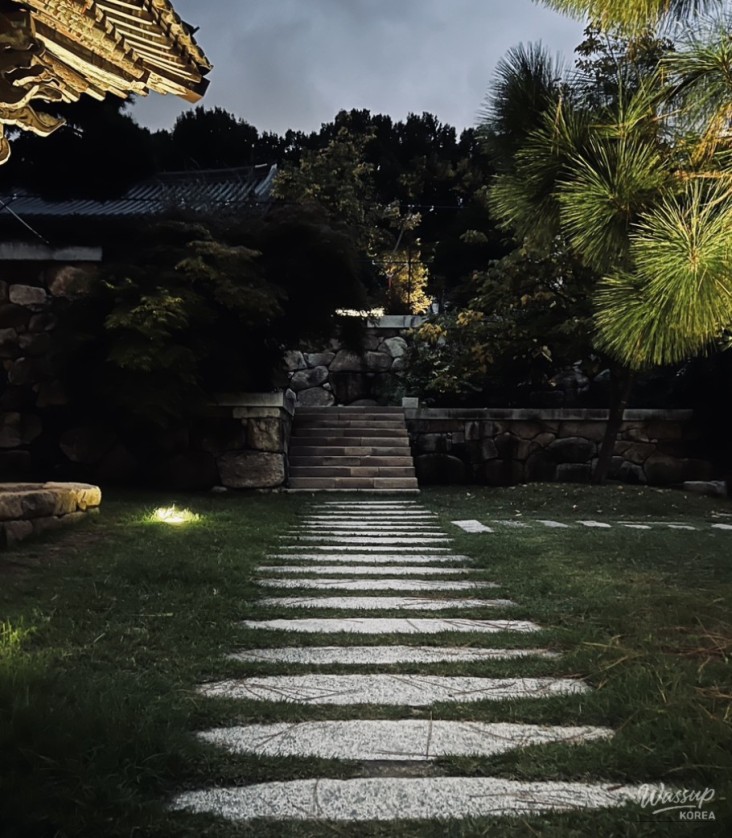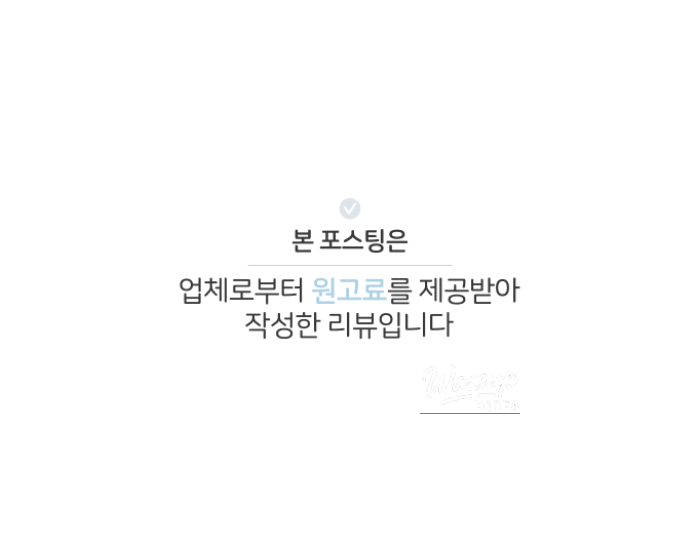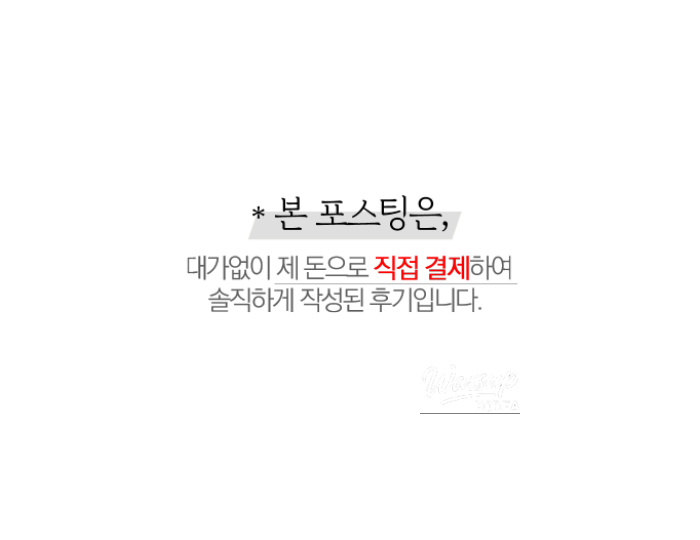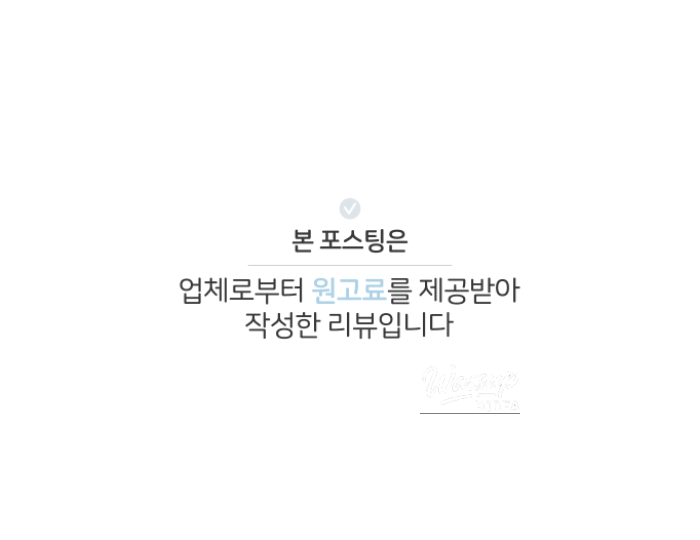Bongeunsa Temple Travel Guide: History, Culture, Temple Stay Information, and Tips
531 Bongeunsa-ro, Gangnam District, Seoul

Bongeunsa Temple Travel Guide: History, Culture, Temple Stay Information, and Tips
Nestled in the heart of Seoul's Gangnam district, amidst the dazzling skyscrapers of Samseong-dong, lies a tranquil mountain path leading to an ancient temple.
This is Bongeunsa Temple.
Despite its location in the city center, the temple exudes a sense of serenity and a unique atmosphere where 'modernity and tradition coexist'.
During my visit, as I slowly walked into the temple as if taking a morning stroll, I had a surreal experience, thinking, "This is Gangnam?"
If you're planning a trip, it's a good idea to check the location and transportation beforehand.
You can reach it on foot from Samseong Station or Bongeunsa Station on Seoul Subway Line 9 or Line 2. A leisurely 10-minute walk from the bustling streets of Gangnam will lead you to a path that calms the mind.
1. History of Bongeunsa Temple
1.1 Legend of Foundation in the Late Silla Period
Legend has it that Bongeunsa Temple was founded in the 10th year of King Wonseong (794 AD) by the eminent monk Yeonhoe Guksa under the name 'Gyeonsungam'.
The fact that this temple has a history of over a thousand years was deeply moving.

1.2 Connection with the Royal Family during the Joseon Dynasty
Especially during the Joseon Dynasty, the temple's status rose as it was designated as a Neungchim Temple (a temple guarding a royal tomb) next to the royal tombs.
For example, as it was located near Seolleung Royal Tomb and Jeongneung Royal Tomb, the temple was moved and expanded in size, and the Monk Examination was revived, with numerous monks receiving education here.
1.3 Changes in Modern Times
It was partially destroyed due to the Japanese Invasion of Korea in 1592 and the Second Manchu invasion of Korea in 1636 but underwent several reconstructions. During the Japanese colonial period, it also served as the headquarters for the southern Gyeonggi area of Seoul.
Today, it has established itself as a center for practice and is also actively operated as a cultural space in the city, highlighting the keyword 'harmony of tradition and modernity'.
2. Major Attractions of Bongeunsa Temple
2.1 Mireukdaebul (Maitreya Buddha) and Daeungjeon (Main Buddha Hall)
The most striking feature on the way into the temple is the approximately 23-meter-high Mireukdaebul statue.
When I first encountered it, I was overwhelmed by its size and felt a sense of calm.
This Buddha statue, located in front of the Daeungjeon, was also perfect for taking pictures.

2.2 Panjeon and Seonbuldang, Cultural Heritage Exploration
Inside the temple, there are various cultural properties such as the Panjeon (wooden scripture hall) and Seonbuldang (hall for selecting Buddhas) from the late Joseon Dynasty.
For example, the Panjeon signboard is famous for being written by calligrapher Kim Jeong-hee three days before his death.
In addition, there are numerous Buddhist paintings and sculptures designated as Seoul City Tangible Cultural Properties, providing great satisfaction to 'cultural exploration' travelers.

2.3 Recommended Route & Photo Points
I liked visiting early in the morning (around 8 AM) because the temple was quiet.
The path leading from Cheonwangmun Gate to Daeungjeon Hall is beautiful, and the composition with the high-tech buildings in the background from the Mireukdaebul statue was impressive.
If you're taking pictures, it's good to capture a composition 'with the sky as the background from the Mireukdaebul statue' or 'with the temple's inner halls and autumn foliage (in the fall)'.
3. Bongeunsa Temple Stay Experience Review & Information

3.1 Experience Review
What impressed me the most was participating in the Temple Stay.
Although it's located in the middle of the city, there are programs during the Temple Stay that restrict the use of cell phones, making it suitable for spending 'time for myself' away from everyday life.
It included Yebul (Buddhist service), Chamseon (Zen meditation), and Baru Gongyang (formal monastic meal), and in particular, it was so quiet during Baru Gongyang that I could clearly hear the sound of rice going down my throat.
Thanks to this time, I was able to focus on 'this moment' that I usually miss, and I felt lighter.

3.2 Program Details & Reservation Tips
According to the official Temple Stay information of the temple, day-trip, 1-night 2-day, and 2-night 3-day programs are in operation.
In particular, the 2-night 3-day type has a very high level of concentration as it includes cell phone return, silence (not speaking), Chamseon, and Pohang (walking meditation).
Reservations can be made online, and participation fees and personnel restrictions vary depending on the program, so be sure to check in advance.
3.3 Tips for Beginners
We recommend neat and comfortable clothes. Considering etiquette when using the temple, it's better to wear neat clothes than clothes with a lot of exposure.
Having a personal cup or spoon was useful during Baru Gongyang.
It is sometimes provided by the temple, but you will be more satisfied if you prepare it in advance.
It's more natural to have an attitude of 'experiencing it as it is' rather than 'trying to get something'.
When I participated, the phrase 'slow down' kept coming to my mind.
4. Travel Courses Around Bongeunsa Temple

The temple itself is worth seeing, but if you look around the surrounding area, it will be a full day's schedule.
I was impressed by the 'Temple Path', which is good for walking after visiting the temple, and then I was able to visit COEX or shopping malls.
We also recommend taking a walk through the Seolleung and Jeongneung Royal Tombs nearby.
Since it has a historical connection with the temple, the combination of 'Royal Tomb Walk + Temple Exploration' is also meaningful.
You can have lunch or coffee in the Gangnam area before entering the temple, and the cafes around the temple have a good atmosphere, so it was good to have a cup of coffee before and after the Temple Stay.
5. Visiting Tips & Conclusion

Recommended time: If you visit between 8 AM and 10 AM, it is relatively quiet and you can feel the temple's tranquility.
When I went, this time was the best.
Etiquette tips: Inside the temple, keep conversations at a low volume, and keep your clothes and attitude light and neat.
When taking photos, be careful not to disturb other worshipers.
Parking and transportation: Parking is not easy as it is located in the heart of Gangnam.
We recommend public transportation.
It is convenient to use the subway station or bus stop right in front of the temple.
Seasonal points: Cherry blossoms in spring and autumn foliage make the temple's scenery more beautiful, so it's a good idea to visit according to the season.
Final greetings: Time at Bongeunsa Temple was like a 'comma in the city'.

It was an opportunity to break away from the busy daily life and look inside myself, and I hope it was useful enough with information-oriented content.
I hope you have a meaningful time at Bongeunsa Temple too.








Contents
1. Bongeunsa Temple, a Thousand-Year-Old Temple in the City
2. History of Bongeunsa Temple
3. Major Attractions of Bongeunsa Temple
4. Bongeunsa Temple Stay Experience Review & Information
5. Travel Courses Around Bongeunsa Temple
6. Visiting Tips & Conclusion
No comments yet.






